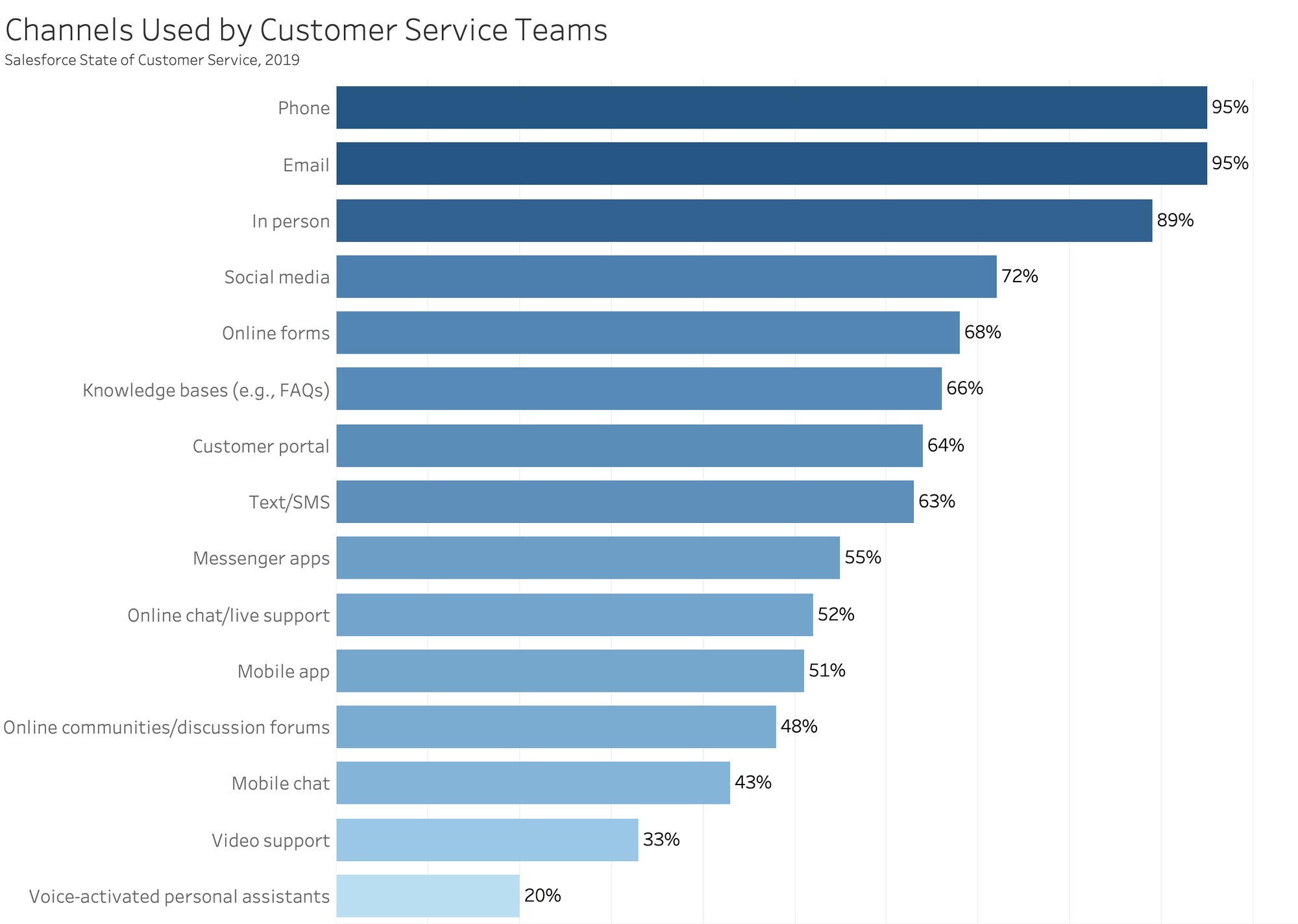Interactive Whitepaper
Four Service Analytics Strategies
How to transform your service organization with data
Introduction: A new era of service leadership
Digital transformation demands an entirely new set of skills from today’s service leaders. Yesterday’s customer support organizations needed leaders capable of motivating their call center teams while driving efficient operations. Today’s customer support organizations leaders must deliver on that same goal, but also be capable of creating a vision of how their company differentiates itself through customer experience. Leaders must then back up that vision with investments that enable their organization to follow through and earn loyal customers. One of the critical investments to realize your vision for better customer experience must be in analytics. In the age of digital transformation, when data is exploding and service organizations deliver on more channels than ever, it is impossible to create a service organization offering efficient, high quality customer service without deep insights into customers and your business. The opportunity that lies in customer service data is too obvious to ignore, but almost too overwhelming to fully quantify. Where should you start and what should you prioritize? Here are four strategies to transform your service organization with analytics:
- Continuously improve every customer touchpoint
- Align your service metrics to your vision
- Enable career growth in service
- Turn customer service into everyone’s responsibility
In this interactive whitepaper, we will share field-test use cases from Tableau customers that align to those strategies, and provide resources that will help your analytics team get started. By identifying your greatest service analytics opportunities, we hope that you’ll be able to deliver the customer experiences that differentiate your company and earn you customers for life.
Continuously improve every customer touchpoint
The average customer service team uses nine channels to help its customers, according to a Salesforce Study. While some customers still default to calling, many others prefer self-service channels like chatbots, community forums, and knowledge-base articles. A phone call is increasingly a last resort.
As a result of this ongoing digital transformation, service teams need to be able to look at data from every touchpoint to understand customer service performance. Exploring data from web site activity, social media posts, survey ratings, product usage, purchase history, and training activity can be just as important as tracking customer service case records themselves.

Insights from our dashboards help us optimize call center operations to reduce the need for customers to call us multiple times. Monitoring these timely dashboards shows us that as the resolution rate and satisfaction index of customers go up, volumes for calls and dispatches—which are key cost drivers—go down.
Using a single Tableau dashboard, adjusters can track every claim they have open, follow up with customers and close claims in a much timelier manner. As a result, they’re able to provide a much better service when and where they couldn’t before.
Customer service now has to be the center of everything we do, and we’ve got to be ahead of it before the customer even knows it. And Tableau is really making a difference in getting us there.














